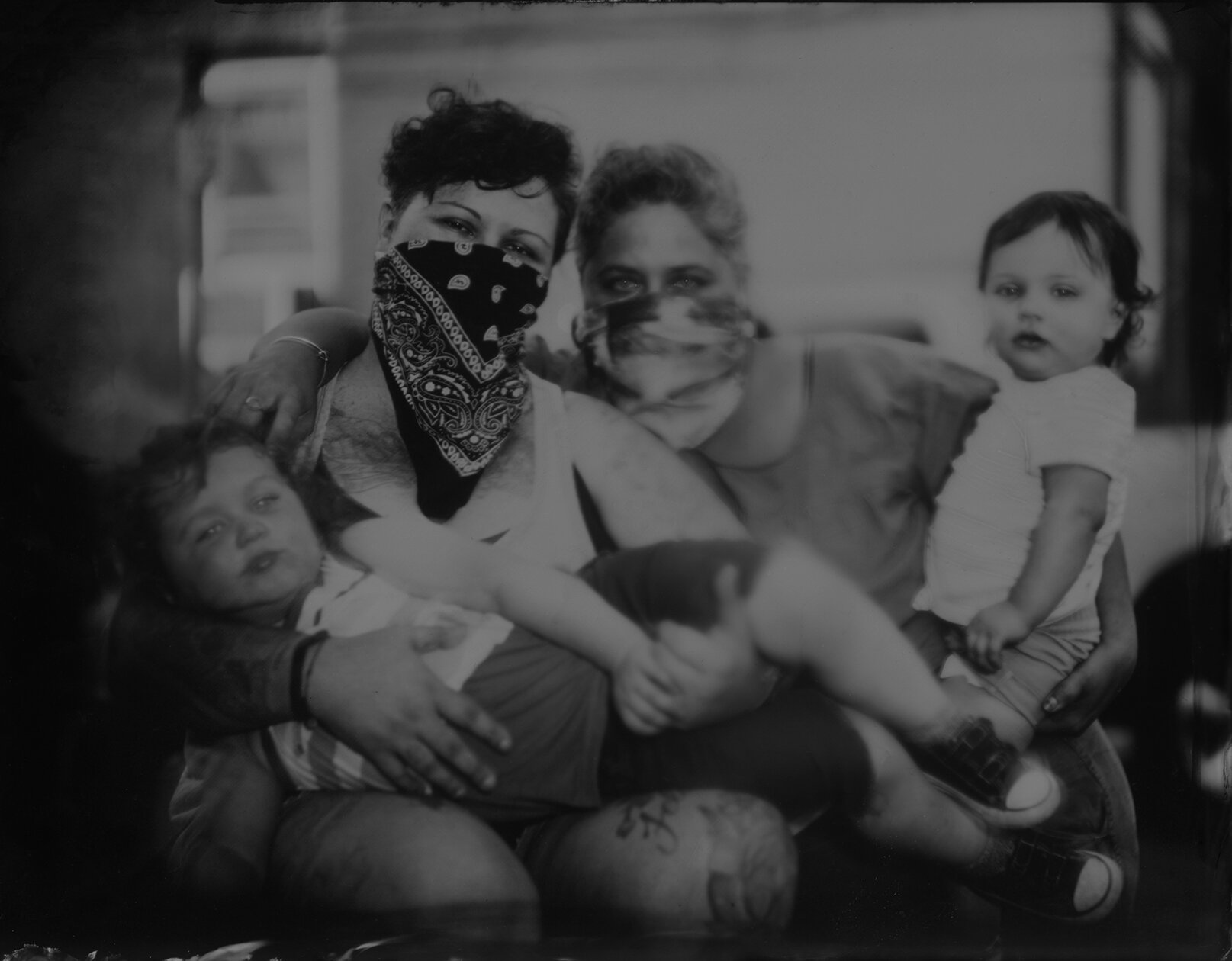© Stacy Mehrfar
Stacy Mehrfar’s new photo book, The Moon Belongs to Everyone, is an abstract allegory for suspended identity.
The Moon Belongs To Everyone, published by GOST books takes an unexpected and highly metaphoric approach to immigration, diaspora, and cultural dislocation. Weaving through cold, blistering landscapes, found still lifes and deep dark, forest scenes, Mehrfar visualizes the experience of feeling out of place and the desire to belong and connect while mourning the loss of one’s roots.
The series responds to Mehrfar’s move, at the age of 30, from New York City to Sydney, Australia. An Iranian-Jewish woman who grew up in Long Island, she felt disrupted and out of place having never imagined living anywhere outside of New York. In search of connection, she also began interviewing and photographing other immigrants with similar experiences, ultimately making images that fall somewhere in between traditional portraiture and candid scenes – an apt metaphor for the cultural in-between.
When Mehrfar returned “home,” to New York City a few years ago, her feelings didn’t resolve - they got more complicated and her sense of rootlessness continued to splinter. Volleying detached portraits with shivering landscapes, she exacerbates this discomfort, the sensation of going in and out and never feeling at home.
Jon Feinstein in conversation with Stacy Mehrfar





